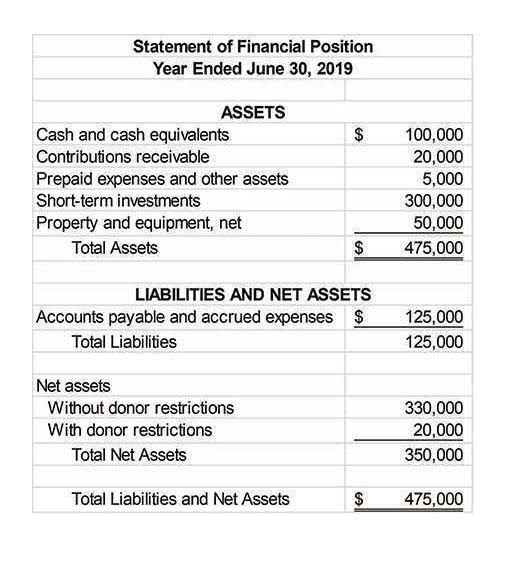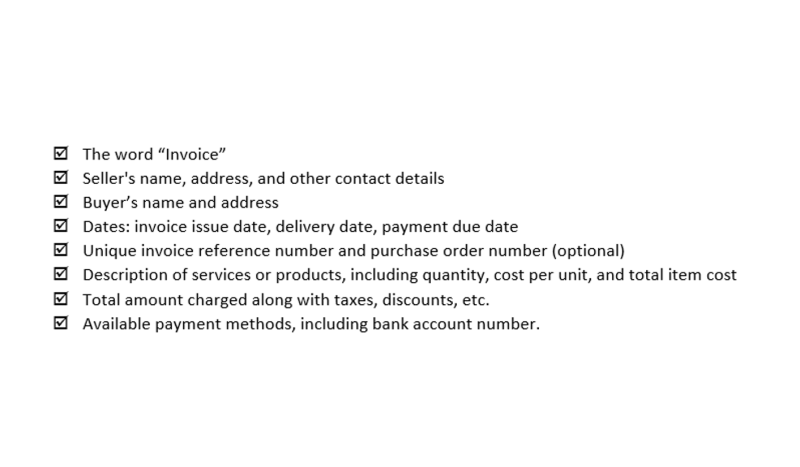
This calculation tells you how many days it takes to sell the inventory on hand. The Inventory Turnover Rate (ITR) is an essential metric that shows how quickly a company sells and restocks its inventory. It provides valuable insights into the frequency of inventory turnover, helping shape strategies around purchasing, production, and sales. This ratio is important because total turnover depends on two main components of performance. If larger amounts of inventory are purchased during the year, the company will have to sell greater amounts of inventory to improve its turnover.
- In this article, you are going to learn how to calculate inventory turnover and inventory days.
- It is vital to compare the ratios between companies operating in the same industry and not for companies operating in different industries.
- In conclusion, we can see how Broadcom has continuously reduced its inventory days compared to Skyworks, which has just only increased in the last five years.
- A healthy inventory turnover ratio (ITR) shows you manage your inventory effectively.
- He has been an auditor of international companies and a tax strategist for real estate investors.
- With that in mind, offering discounts or a buy-one-get-one deal to move old inventory can be a worthwhile strategy.
What is the formula to calculate the inventory turnover ratio?

Someone on our team will connect you with a financial professional in our network holding the correct designation and expertise. At Finance Strategists, we partner with financial experts to ensure the accuracy of our financial content. Finance Strategists has an advertising relationship with some of the companies included on this website. We may earn a commission when you click on a link or make a purchase through the links on our site. All of our content is based on objective analysis, and the opinions are our own.

What is Days in Inventory?

The most common length of time used is 365 days representing the whole fiscal year, and 90 days for quarter calculations. In this post, we will consider the period as the former since it will include any seasonality effect that might be during the year. As per its definition, inventory is a term that refers to raw materials for production, products under the manufacturing process, and finished goods ready for selling. In both types of businesses, the cost of goods sold is properly determined by using an inventory account or list of raw materials or goods purchased that are maintained by the owner of the company.

How does inventory turnover ratio work?
Knowing how often you need to replenish inventory, you can plan orders or manufacturing lead times accordingly. Possible reasons could be that you have a product that people don’t want. Or, you can simply buy too much stock that is well beyond the demand for the product. Thus, https://www.bookstime.com/ the inventory turnover rate determines how long it takes for a company to sell its entire inventory, creating the need to place more orders. The Inventory Turnover Ratio measures the number of times that a company replaced its inventory balance across a specific time period.
Logistics Calculators
Use this tool to calculate how fast you’re selling your inventory to ensure you’re not overstocking. However, for non-perishable goods like shoes, there can be such a thing as an inventory turnover that’s too high. While high which of the following factors are used in calculating a company’s inventory turnover? inventory turnover can mean high sales volumes, it can also mean that you’re not keeping enough inventory in stock to meet demand. There are three key takeaways you should keep in mind for the inventory turnover ratio.
Small Business Accounting Guide
That means you’re efficiently moving your products without having them sit on shelves for too long. A .31 ratio means XYZ Company sold only about a third of its inventory during the year. Determining whether this is a low or high ratio depends on the type of business. If XYZ Company is a bookstore, this number would indicate that it has poor inventory control, which means the purchasing department is not in sync with the sales department.
- Since the inventory turnover ratio represents the number of times that a company clears out its entire inventory balance across a defined period, higher turnover ratios are preferred.
- All of our content is based on objective analysis, and the opinions are our own.
- Inventory management helps businesses make informed decisions about how much inventory they need to keep on hand and how quickly they should replace it.
- Income ratio is a metric used to measure the ability of a technology to recover the investment costs through savings achieved from customer utility bill cost reduction.
How to calculate inventory turnover ratio.
A high inventory turnover ratio indicates that the business is selling its inventory quickly and efficiently, and strong sales are a positive sign for lenders. If your small business has inventory, knowing how fast it is selling will help you better understand the financial health of your business. Here’s why inventory turnover ratio is important and how to calculate it. One way to assess business performance is to know how fast inventory sells, how effectively it meets the market demand, and how its sales stack up to other products in its class category. Businesses rely on inventory turnover to evaluate product effectiveness, as this is the business’s primary source of revenue.
- Management should further explore the cause; it may be due to more efficient processes, or it may be due to more demand for the products it offers.
- In this post, we will consider the period as the former since it will include any seasonality effect that might be during the year.
- Learning how to calculate inventory turnover ratios and apply your findings to your business operations moving forward can help you make critical decisions.
- For example, a low ratio indicates you’re struggling to sell your product, which might lead you to reduce production and keep fewer products on hand.
- Additionally, disruptions in supplier relationships or supply chain issues can result in stockouts or overstock situations, directly impacting the ITR.
- The inventory turnover ratio is a financial metric that portrays the efficiency at which the inventory of a company is converted into finished goods and sold to customers.